Categories(658 Blogs)
Select Category
Watch Right Now
Teacher App - Class
Schedule & Attendance Management App
Parent App from Edsys

Best School Bus Tracking System

Cashless School - For Smart Schools of Tomorrow


18 World Famous Biosphere Reserves in India

UNESCO defines a Biosphere Reserve (BR) as a natural landscape that covers a large area of terrestrial, coastal, marine or a combination of these ecosystems. The purpose of creating biosphere reserves is to conserve biodiversity, protect the culture and tradition, and also maintain the economic development of the area. The establishment of biosphere reserves is guided by the Man and Biosphere (MAB) program of UNESCO. India has 18 Biosphere Reserves, which we will learn more in detail in this blog.
Criteria for Designation of Biosphere Reserves
- An area that must possess viably conserved and minimally distributed core area of the esteem of nature conservation.
- The core area ought to be of a bio-geographical unit and sufficient to support viable populaces representing all trophic levels within the ecosystem.
- The managing authority needs to make sure of the cooperation/involvement of nearby communities to bring a lot of knowledge and experiences to interface biodiversity preservation and socio-economic improvements whereas overseeing and containing the conflicts.
- Areas potential for preservation of conventional rural or tribal modes of living for harmonious utilization of nature.
Structure and functions of Biosphere Reserves
Core Zone
The core zone must include an appropriate environment for various plants and animals, including predators and endemism.
This zone often preserves economic species and also represents relevant genetic reservoirs wit exceptional scientific interest.
While realizing that perturbation is a key ingredient of the ecosystem, this area is to be protected from human innovation and pressures external to the system.
Buffer Zone
The buffer zone surrounds the core zone. The activities of this area are managed in a way to help the core zone to remain in its natural condition.
The activities include restoration, fishing, demonstration sites, tourism, grazing, recreation, etc which are permitted to decrease its impact on the core zone.
Educational activities and researches are to be carried out effectively. Human activities are likely to continue if it does not unfavorably influence biological diversity.
Transition Zone
The transition zone is the outermost portion of the biosphere reserve. It is a zone of cooperation where management and conservation skills are used and managed with concern to the biosphere reserve.
This includes croplands, recreation areas, settlements, managed forests and other economic uses specialized in this region.
Have a look at 18 World Famous Biosphere Reserves in our Country
| Sl No | Name | Area (in km2) | Location (State) |
| 1 | Cold Desert | 7770 | Pin Valley National Park and surroundings; Chandratal and Sarchu & Kibber Wildlife Sanctuary in Himachal Pradesh |
| 2 | Nanda Devi | 5860.69 | Part of Chamoli, Pithoragarh, and Bageshwar districts (Uttarakhand). |
| 3 | Khangchendzonga | 2619.92 | Parts of Khangchendzonga hills and Sikkim. |
| 4 | Dehang-Dibang | 5111.5 | Part of Siang and Dibang Valley in Arunachal Pradesh |
| 5 | Manas | 2837 | Part of Kokrajhar, Bongaigaon, Barpeta, Nalbari, Kamprup and Darang districts (Assam) |
| 6 | Dibru-Saikhowa | 765 | Part of Dibrugarh and Tinsukia Districts (Assam) |
| 7 | Nokrek | 820 | Part of Garo hills (Meghalaya). |
| 8 | Panna | 2998.98 | Part of Panna and Chhattarpur districts in Madhya Pradesh |
| 9 | Pachmarhi | 4926 | Parts of Betul, Hoshangabad and Chindwara districts of Madhya Pradesh. |
| 10 | Achanakamar – Amarkantak | 3835.51 | Covers parts of Anupur and Dindori districts of M.P. and parts of Bilaspur districts of Chhattishgarh State. |
| 11 | Kachchh | 12,454 km2 | Part of Kachchh, Rajkot, Surendra Nagar and Patan Civil Districts of Gujarat State |
| 12 | Simlipal |
4374 | Part of Mayurbhanj district (Orissa). |
| 13 | Sunderbans | 9630 | Part of delta of Ganges and Brahamaputra river system |
| 14 | Seshachalam Hills | 4755.997 | Seshachalam Hill Ranges covering parts of Chittoor and Kadapa districts of Andhra Pradesh |
| 15 | Agasthyamalai | 1828 | Neyyar, Peppara and Shendurney Wildlife Sanctuaries and their adjoining areas in Kerala. |
| 16 | Nilgiri | 5520 | Part of Wayanad, Nagarhole, Bandipur and Madumalai, Nilambur, Silent Valley and Siruvani hills (Tamil Nadu, Kerala and Karnataka). |
| 17 | Gulf of Mannar |
10,500 km2 |
The Indian part of the Gulf of Mannar between India and Sri Lanka (Tamil Nadu). |
| 18 | Great Nicobar | 885 | Southern most islands of Andaman And Nicobar (A&N Islands). |
1) Cold Desert, Himachal Pradesh
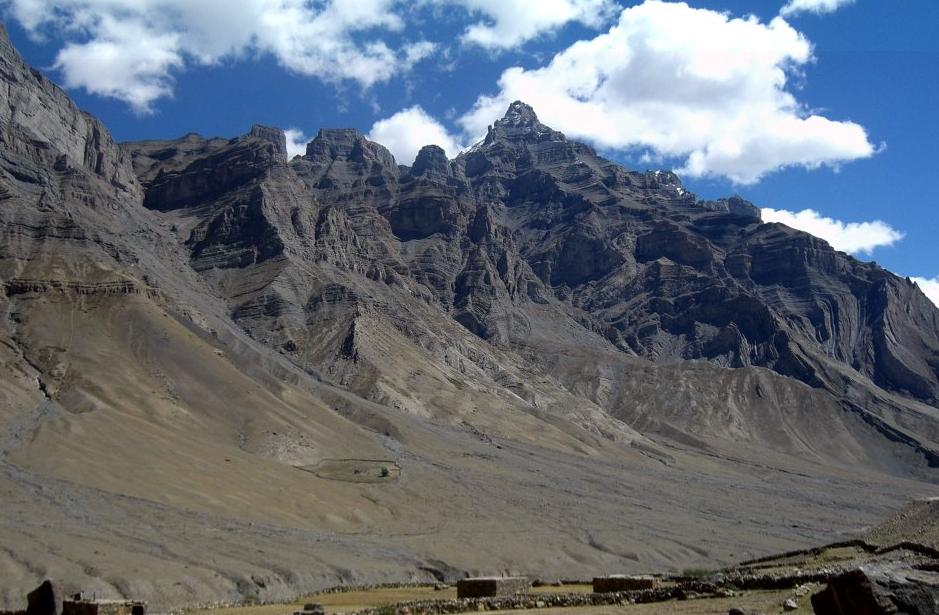
The Cold Desert is spread over 7,700 square kilometers and covers the Pin Valley National Park, Chandratal, Sarchu, and Kibber Wildlife Sanctuary.
It extends from Ladakh in Jammu and Kashmir to Kinnaur in Himachal Pradesh. This cold desert is located on the leeward side of the Himalayas and hence doesn’t receive any monsoon rain.
This region has a very harsh climatic condition with avalanches, snowstorms, and blizzards. The growing season is very short and water availability is minimal, with only runoffs from glaciers.
This cold dessert is home to the snow leopard, Tibetan Gazzle, Himalayan Black bear, Himalayan brown bear, golden eagle, Himalayan snowcock, Tibetan Wolf, and more.
In fact, this biosphere reserve has many rare species of flora and fauna that are not seen elsewhere.
2. Nanda Devi, Uttarakhand
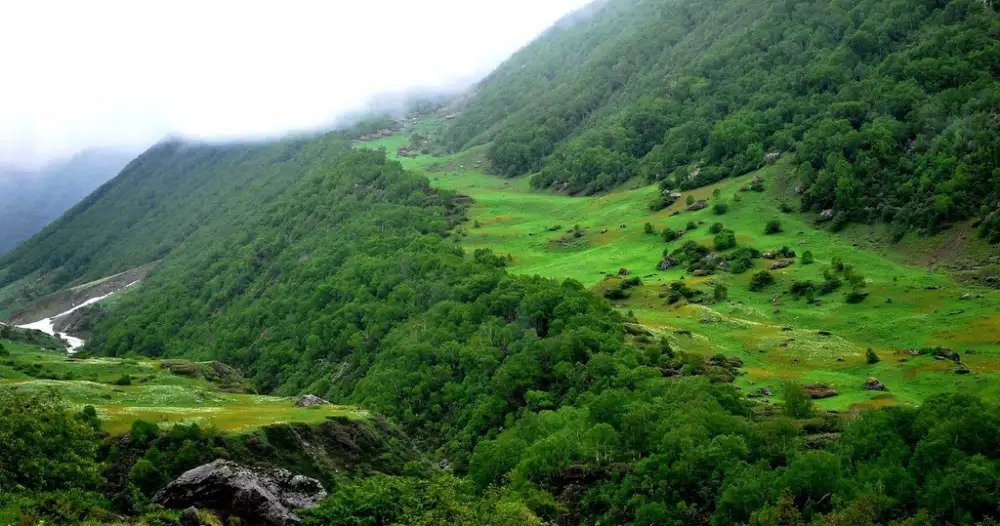
The Nanda Devi National Park was established in 1982 and declared a biosphere reserve region by UNESCO in 1988. The biosphere reserve includes Nanda Devi National Park and the Valley of the Flowers National Park.
The inner part of the biosphere reserve comprises the Nanda Devi peak and the Rishi glacier (both north and south). This reserve forest area has 312 flowering plant species and 114 bird species.
The Himalayan musk deer, brown bear, snow leopard, Himalayan brown bear, and langurs are seen here.
3) Khangchendzonga or Kangchenjunga, Sikkim
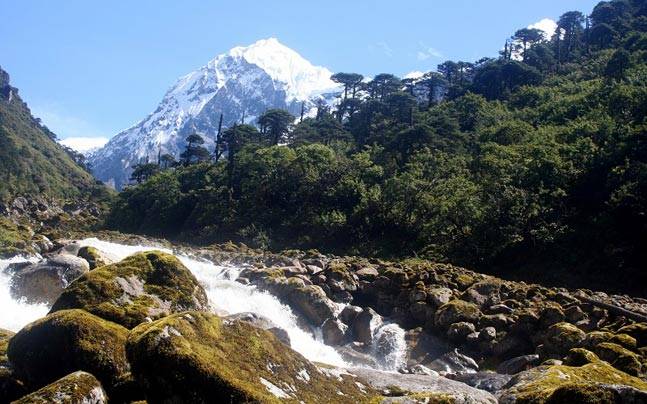
This biosphere reserve area located in the eastern Himalayan region includes three ecoregions, namely alpine shrub and meadows, broad-leaved and coniferous forests, and grasslands.
It is spread over an area of 6032 square kilometers and contains 14 protected areas, of which 1 is in Nepal, 1 in Bhutan, and the remaining 12 in India.
The protected areas in the Indian region are Barsey Rhododendron Sanctuary, Shingba Rhododendron Sanctuary, Khangchendzonga National Park, Pangolakha Wildlife Sanctuary, Jore Pokhri Wildlife Sanctuary, Neora Valley National Park, Singalila National Park, Maenam Wildlife Sanctuary, Mahananda Wildlife Sanctuary, Kyongnosla Alpine Sanctuary, Senchal Wildlife Sanctuary, and Fambong Lho Wildlife Sanctuary.
4) Dihang-Dibang, Arunachal Pradesh
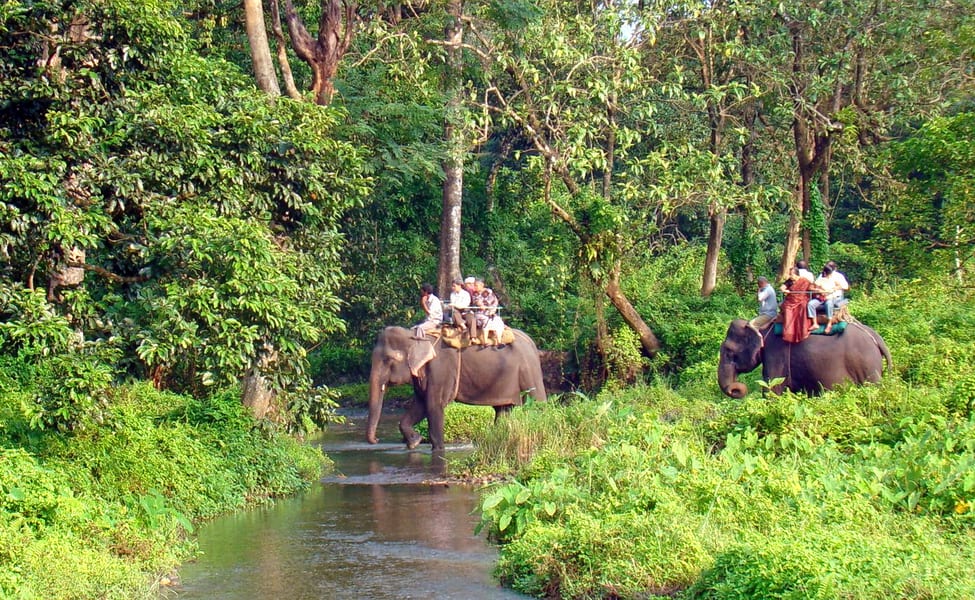
This biosphere reserve was established in 1998 and includes Dibang wildlife sanctuary and Mouling National Park in Arunachal Pradesh.
The biosphere reserve has sub-tropical forests, pine forests, temperate forests, coniferous forests, sub-alpine woody shrub, alpine meadow, grassland, and bamboo brakes. Such a wide variety of vegetation also means that this biosphere reserve is home to a wide variety of flora and fauna.
Rare animals like the musk deer, red ghoral, red panda, Sclater’s monal, Blyth’s tragopan, and Mishmi takin are found here.

5) Manas, Assam
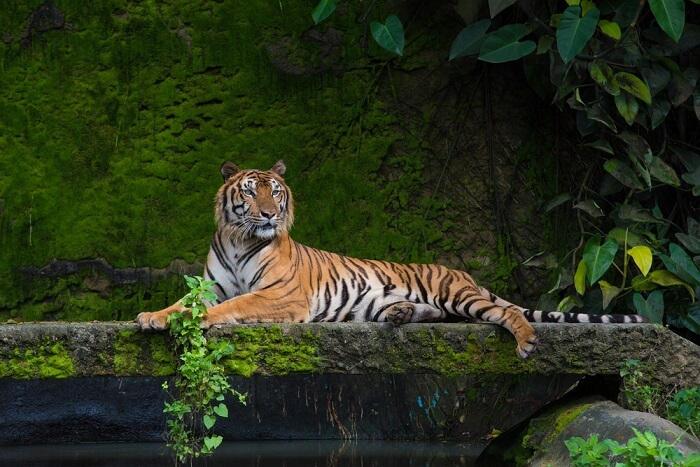
The Manas biosphere reserve area is located in the foothills of the Himalayas and comprises of grasslands and forest.
There are endemic and rare species such as the golden langur, pygmy hog, hispid hare, water buffalo, and Assam roofed turtle here. A major tributary of the Brahmaputra River flows through the dense forests of the Manas biosphere reserve.
6) Dibru-Saikhowa, Assam
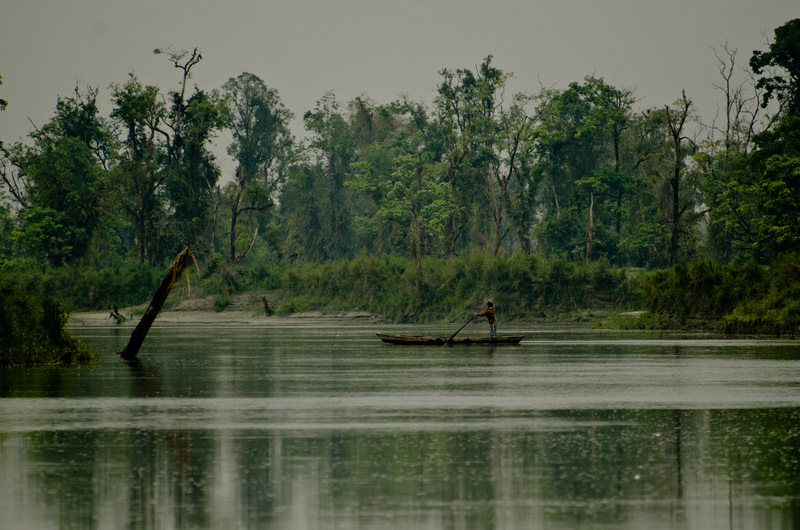
The Dibru-Saikhowa Biosphere reserve was established in 1997. It covers an area of 765 square kilometers in the Dibrugarh and Tinsukia districts of Assam.
This biosphere reserve consists of semi-evergreen trees, mixed deciduous forests, salix swamp forests, grasslands, and canebrakes.
There are 35 species of epiphytic orchids and 8 species of terrestrial orchids in this reserve forest area. The biosphere reserve has 36 species of mammals, 18 species of reptiles, and nearly 50 species of birds.
7) Nokrek, Meghalaya
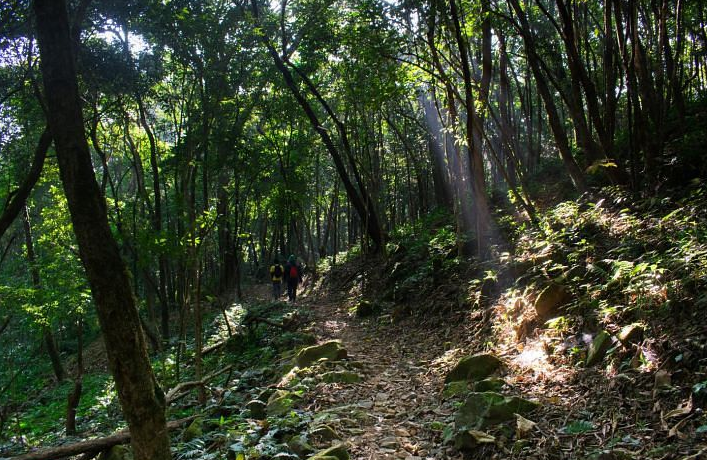
The Nokrek Biosphere Reserve located in the West Garo Hills in Meghalaya was added to UNESCO’s list of biosphere reserves in 2009.
It comprises of the Nokrek National Park and the Balpakram National Park. This biosphere reserve has eight species of cats, 7 species of primates and a large variety of birds.
8) Panna, Madhya Pradesh
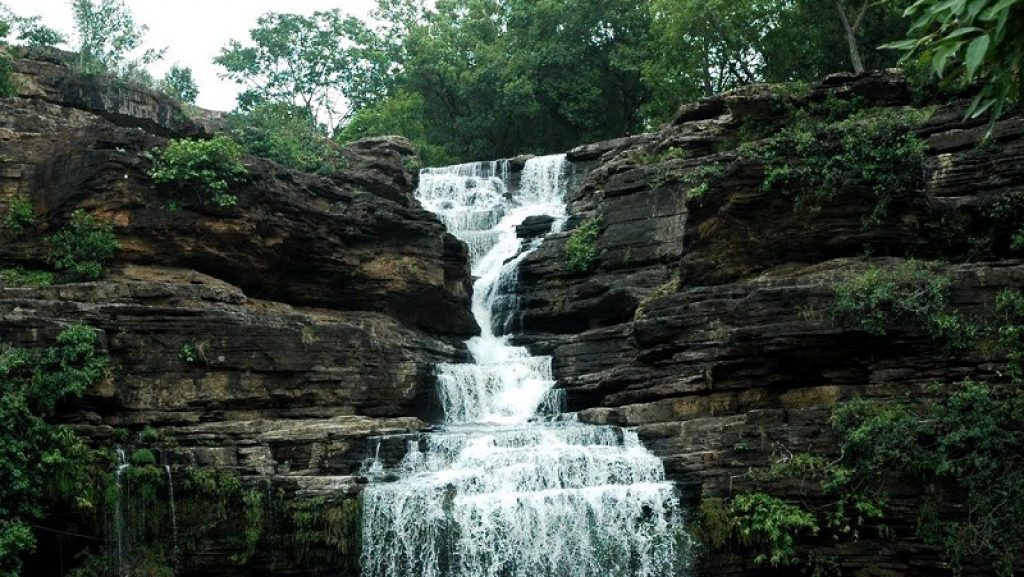
The Panna National Park in Madhya Pradesh is spread over an area of 4300 hectares. It was declared as a tiger reserve in 1993. Apart from tigers, this national park is home to leopard, sloth bear, sambhar deer, nilgai, Indian vulture, chinkara, blossom-headed parakeet, and many other species.
The northernmost areas of this reserve have teak forests while the eastern region has Kardhai trees. The catchment area of the Ken River lies in the Panna National Park and the nearby Ken Gharial Wildlife Sanctuary.
This tiger reserve had a mere 40 tigers, which dwindled to zero because of poaching that was supported by the forest officers. In 2012, three tigers were brought from other tiger reserves. Now, there are about 10 tigers in this reserve.
9) Pachmarhi, Madhya Pradesh
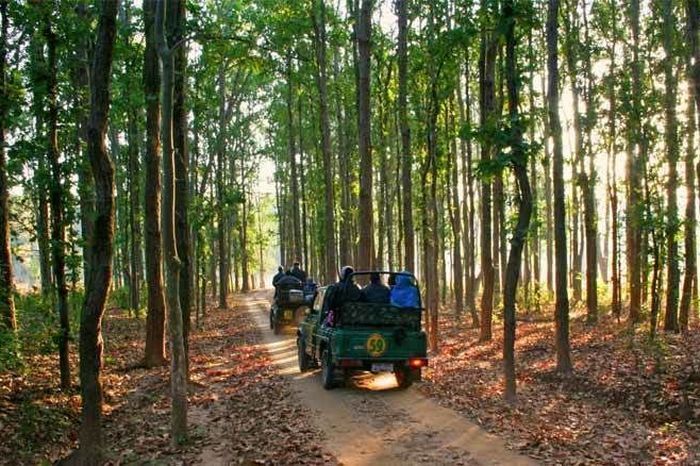
The Pachmarhi Biosphere Reserve was established in 1999. It is located in the Satpura mountain range in Madhya Pradesh.
The unique feature of this biosphere reserve is that it has animals from the Himalayas and the Western Ghats. Spread over an area of 4926.28 square kilometers, this biosphere reserve covers Bori Sanctuary, Pachmarhi sanctuary, and Satpura national park.
One can see wild mango trees, silver fern, sal, and Arjun trees here. Animals in this reserve include nilgai, tiger, leopard, chital deer, sambhar deer, Indian giant squirrels, flying squirrels, wild bear, guar, Indian wolf, and wild dogs.
10) Achanakmar-Amarkantak, Madhya Pradesh-Chattisgarh
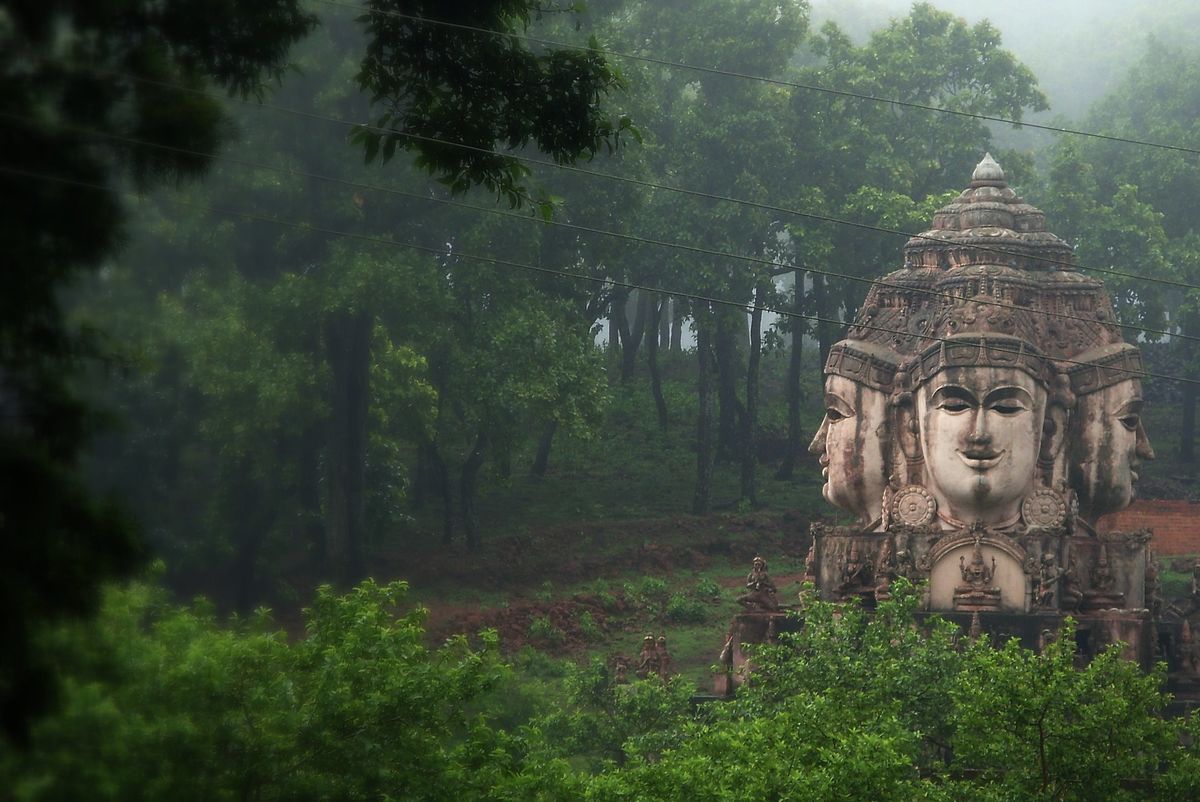
Located in Madhya Pradesh and Chattisgarh, the Achanakmar-Amarkantak biosphere reserve is spread across an area of 3835.51 square kilometers.
This biosphere reserve has three rivers – Narmada, Johilla, and Son and the mountain ranges – Vindya and Satpura. The forest has 1500 plant species that include deciduous trees, ferns, and angiosperms.
This reserve forest area has more than 105 medicinal species, of which 25 are very rare.
As for the animals, this biosphere reserve has blackbuck, wolves, tigers, jackals, foxes, and monkeys. There are more than 13 snake and lizard species, 170 bird species, and many frog species.
11) Kutch, Gujarat
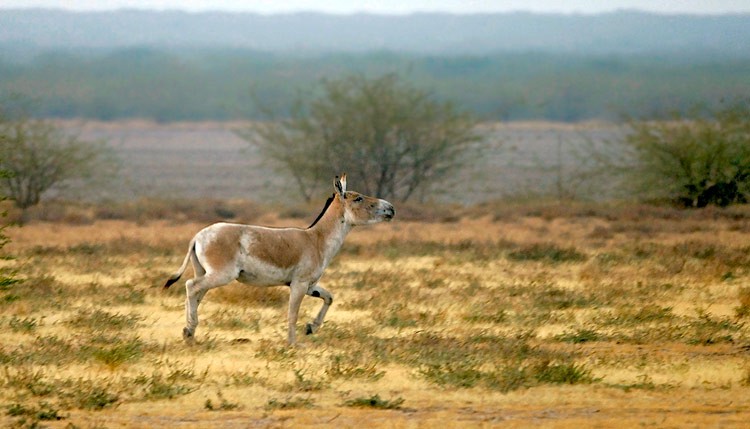
The Rann of Kutch is spread over an area of 7500 kilometers in the Thar Desert, Gujarat which is India’s largest salt desert.
This biosphere reserve contains the Little Rann of Kutch, Indian Wild Ass Sanctuary, Kutch Bustard Sanctuary, Narayan Sarovar Sanctuary, Chari-Dhand wildlife sanctuary, Kutch desert wildlife sanctuary, and the Banni grasslands.
This salt desert is home to the Indian wild ass and thorny scrub. During the flooding season, it becomes the breeding ground for greater and lesser flamingos.
12) Simlipal, Odisha

The Simlipal biosphere reserve area comprises of Similipal Tiger Reserve, Kuldiha Wildlife Sanctuary, and Hadgarh Wildlife Sanctuary.
This biosphere reserve covers 2750 square kilometers. The forests have sal trees, champak trees, eucalyptus, and red silk cotton trees. Several varieties of orchids also grow here.
This biosphere reserve area has 1076 plant species, 42 mammal species, 242 bird species, and 30 reptile species.
13) Sundarban, West Bengal
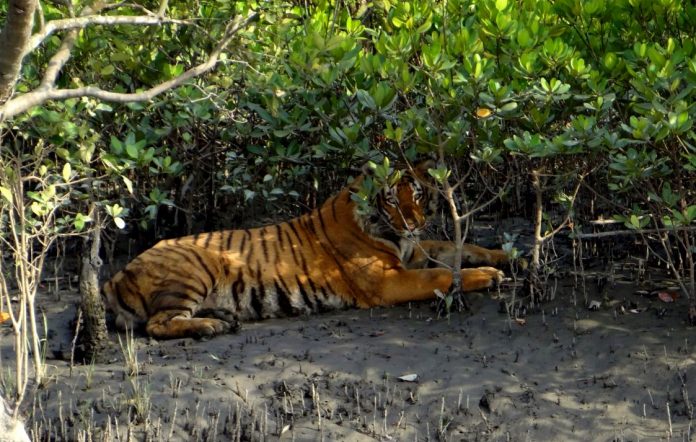
The Sundarbans are in the delta region where the rivers Ganga, Megha, and the Brahmaputra flow into the Bay of Bengal.
This biosphere reserve has two eco-regions – freshwater swamp forests and mangroves and consists of open and closed mangrove forests, barren land, and agricultural land.
The mangrove forests of Sundarbans cover nearly 10,000 square kilometers, of which 4260 square kilometers area is in West Bengal, India, and the rest in Bangladesh.
The Bengal tiger, flying foxes, pangolins, spotted deer, wild boars, and fishing cats are some of the animals found in this reserve forest area.
14) Seshachalam, Andhra Pradesh
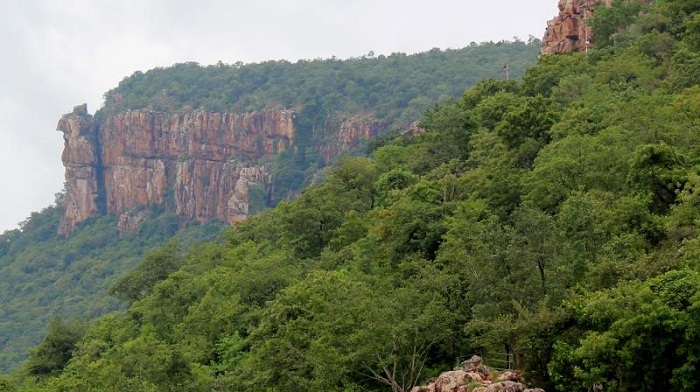
The Seshachalam biosphere reserve is located in the Tirumala Hills in the Eastern Ghats.
It is spread over an area of 4756 square kilometers. Geologists believe that these mountains were formed about 3.8 to 540 million of years ago in the Precambrian era.
This biosphere reserves in India includes Sri Venkateswara National Park and Idupulapaya.
There are nearly 178 species of birds including the white-backed vulture, Yellow-browed Bulbul, and Large Hawk-Cuckoo.
15) Agasthyamala, Karnataka-Tamil Nadu-Kerala
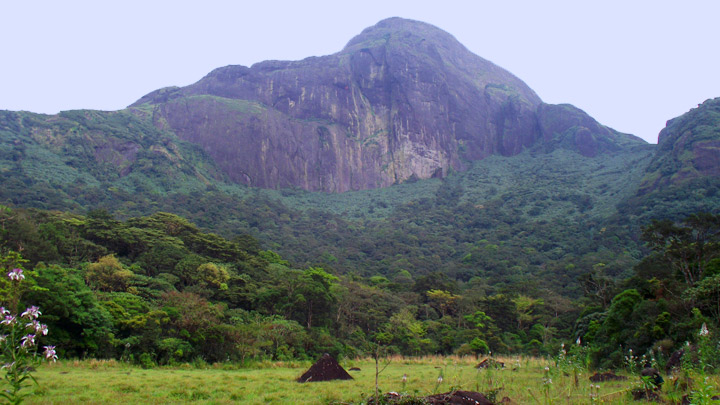
The Agasthyamalai Biosphere Reserve is located in the Tamilnadu – Kerala border and covers an area of 3500.36 square kilometers.
It was established in 2001 and was added to the list of UNESCO’s biosphere reserves in the year 2016.
This biosphere reserve has more than 2000 species of medicinal plants, of which 50 are rare herbs. Elephant, tiger and Nilgiri Thar can be seen in the forests.
16) Nilgiri, Tamil Nadu-Kerala

The Nilgiri biosphere reserve covers an area of 5000 square kilometers. It includes Waynad, Mudumalai, Bandipur, Nagarhole, Mukurti, Silent Valley, Aralam, and Sathyamangalam wildlife sanctuaries and national parks.
It is the first biosphere reserves in India established in India and covers Kerala, Tamilnadu, and Karnataka.
There are over 370 bird species, 39 fish species, 31 amphibian species, 316 butterfly species, 100 mammal species, and 80 reptile species in this biosphere reserve.
As for the flora, there are nearly 3300 species of plants and 175 species of orchids that grow in this region.
17) Gulf of Mannar, Tamil Nadu
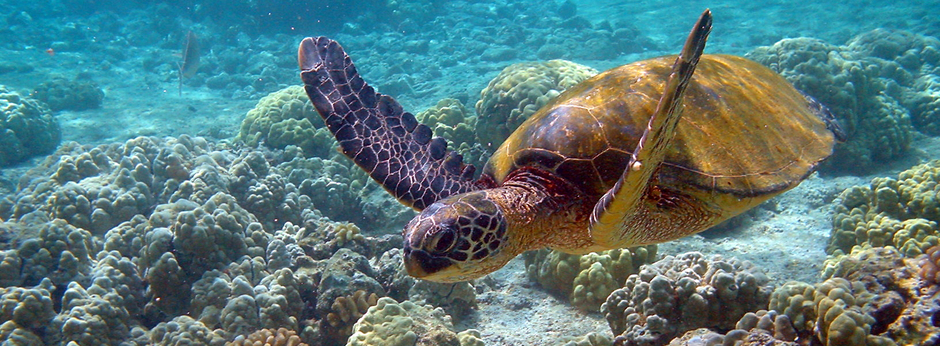
This shallow bay in the Indian Ocean that lies between the southern tip of India and the west coast of Sri Lanka. There are more than 3600 species of flora and fauna as well as 117 species of corals in this coastal region. This biosphere reserves in India cover 10,500 square feet of area, which comprises of 21 islands and islets in the Gulf of Mannar region. The animals found here are dugong (sea cow), sharks, dolphins, sea cucumbers, pearl oysters and many varieties of fishes.
18) Great Nicobar, Andaman & Nicobar Island
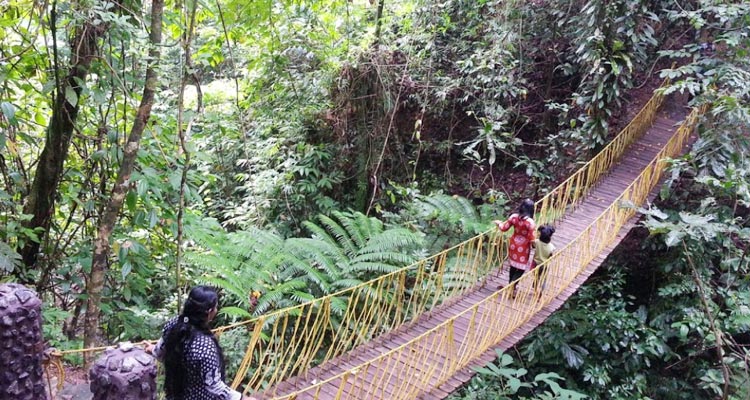
The Great Nicobar biosphere reserve covers almost the entire area of the Nicobar Island.
This biosphere reserves in India have many endemic species that aren’t seen elsewhere. Some of the species found on this island are Nicobar scrubfowl, giant robber crab, saltwater crocodile, giant leatherback sea turtle, Nicobar long-tailed Macaque, and reticulated python.
UNESCO introduced the concept of biosphere reserves to establish a strong ecological foundation and create a protective network for natural resources.
These biosphere reserves in India not just protect the flora and fauna but also people who are dependent on these natural resources.
Recent Blogs
Our Educational Services
Popular Blogs
Subscribe

SUBSCRIBE TO OUR NEWSLETTER
Sign Up and Recieve the Latest News
Don’t Worry, We Don’t SpamExplore Our Extensive Researched Educational App Directory
Visit Now

















